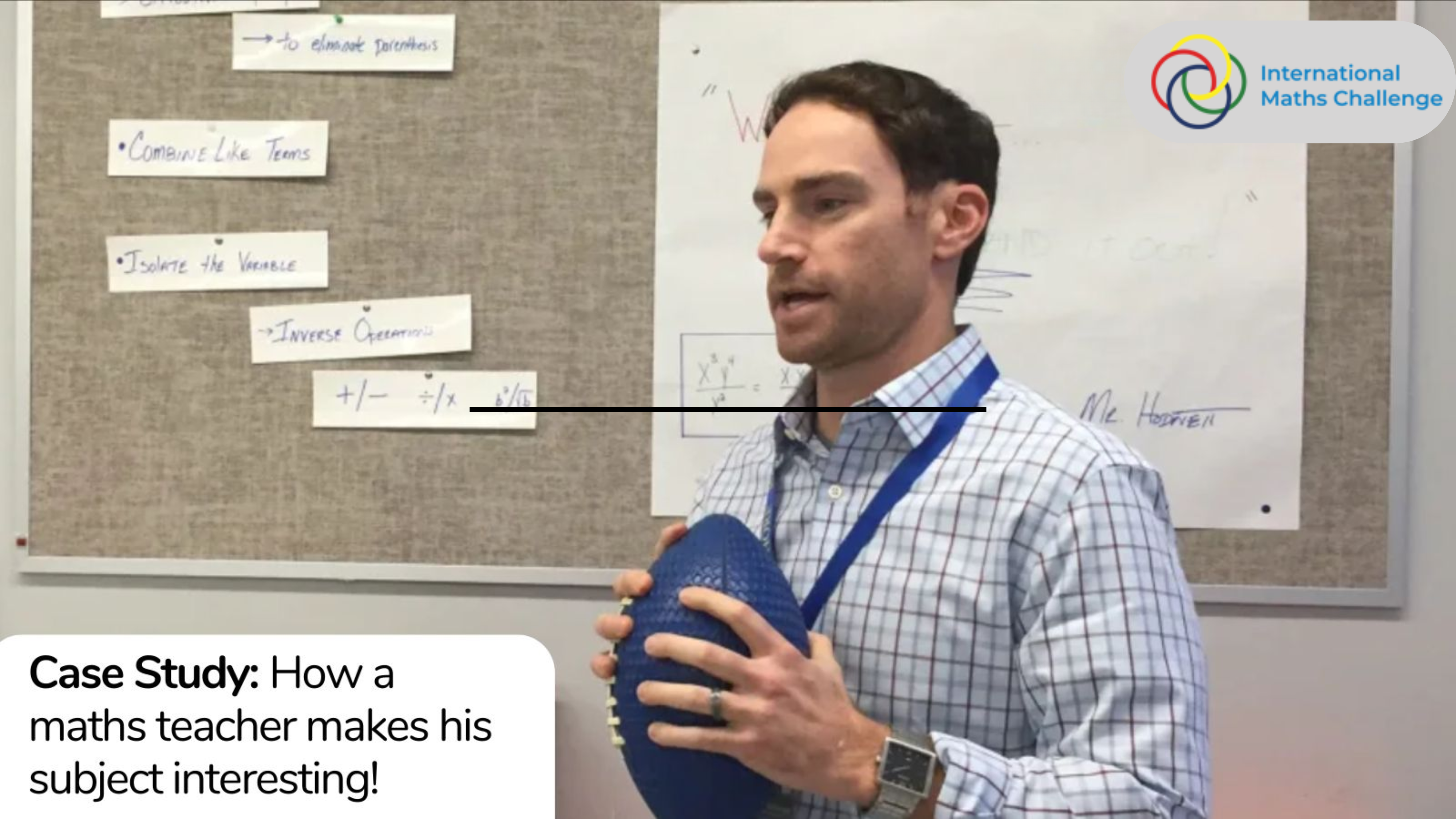Mathematics is an essential part of our daily lives, and it is crucial for children to develop strong math skills from a young age. Here are some reasons why math is important in kids’ daily lives:
Problem-solving skills: Mathematics teaches children how to solve problems, both in math-related situations and in real-life situations. The logical and analytical skills they develop through math help them find solutions to problems and make informed decisions.
Money management: Math skills are essential for managing finances. Children need to learn how to add, subtract, multiply, and divide money to manage their allowances and understand the value of different amounts.
Time management: Math skills also play a critical role in time management. Children need to be able to tell time, calculate elapsed time, and understand the concept of time zones to manage their schedules and keep appointments.
Measurements: Measurements are everywhere, from cooking to construction. Math skills are necessary for children to understand the different units of measurement and use them in everyday situations.
Technology: Math is essential for understanding and using technology. Programming, robotics, and computer science are all based on math concepts. Register for the International Maths Olympiad Challenge to improve your kid’s skill and thinking level.
Academic and career success: Strong math skills are essential for success in academic and career fields such as engineering, science, finance, and technology. Building a strong foundation in math from a young age can set children up for future success.
In summary, math is an essential subject that plays a crucial role in students’ academic and personal development. It helps students develop problem-solving and critical thinking skills, enhances their quantitative abilities, improves decision-making abilities, advances career opportunities, and improves overall academic performance.



